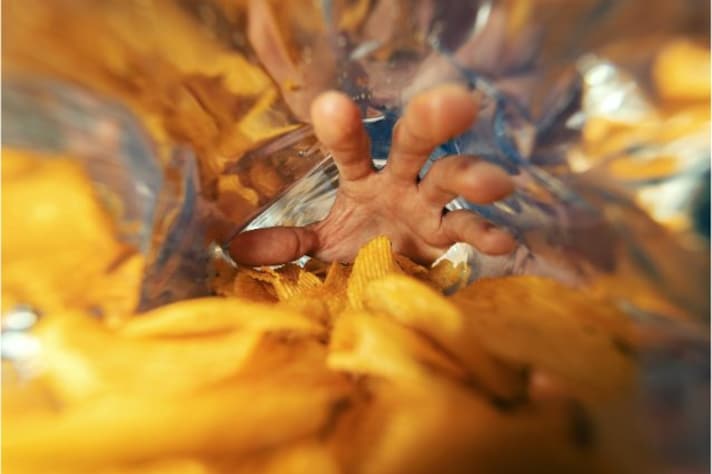
It's a common scenario: you open a new bag of crisps, only to find it half full, leading to a sense of disappointment. Contrary to what might seem like a case of skimping on snacks, this phenomenon is actually an intentional packaging strategy. The extra space in crisps bags is not empty but filled with nitrogen gas, a crucial element in maintaining the crisps' freshness and preventing damage during transport.
The Science of Packaging
Crisps manufacturers use nitrogen flushing, a process where nitrogen gas is filled into the bags before sealing. This practice replaces oxygen, which can cause the crisps to oxidize and become stale. Nitrogen is an inert gas and doesn't react with the crisps, thereby preserving their freshness and flavor. This method is essential for extending the shelf life of the product and ensuring that consumers enjoy the best quality crisps.
Protection During Transportation
The journey from factory to store shelf is not always a smooth ride. The air in the crisps bags acts as a cushion, protecting the delicate crisps from being crushed. Without this protective air pillow, crisps would likely arrive in pieces, diminishing the consumer's experience. The apparent ‘extra space' is thus a strategic decision to minimize damage and maintain the product's integrity. But there's also another reason.
Legal and Industry Standards
Packaging standards and regulations play a significant role in how products are presented to consumers. These standards ensure that manufacturers are not misleading customers with excessively empty packaging, known as ‘slack fill'. Crisps bags are designed to comply with these regulations, balancing the need for product protection while avoiding deceptive packaging practices.

The size and appearance of packaging can significantly impact consumer perceptions. Larger bags can create a sense of value, even if the actual amount of product is the same as in a smaller package. Manufacturers carefully consider these aspects, aiming to attract consumers while also meeting practical packaging needs. It's a delicate balance between marketing appeal and functional design.
;Resize,width=767;)
